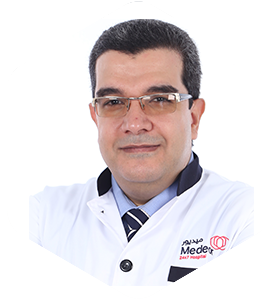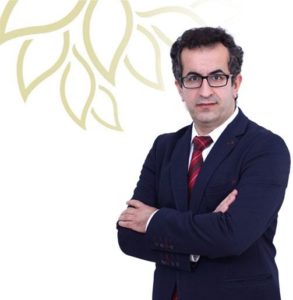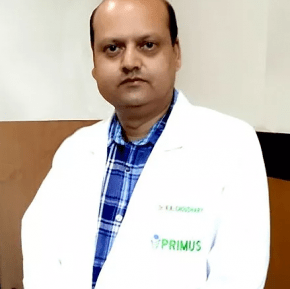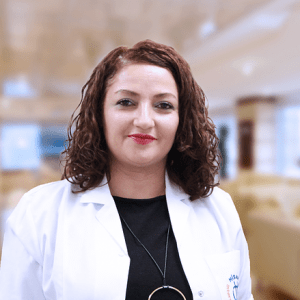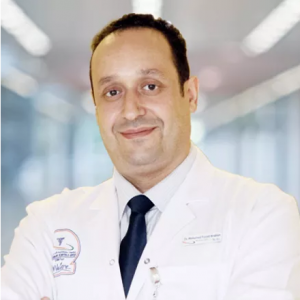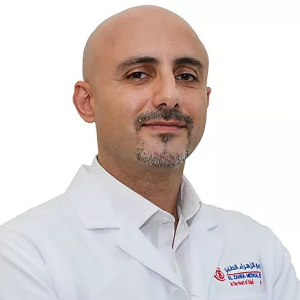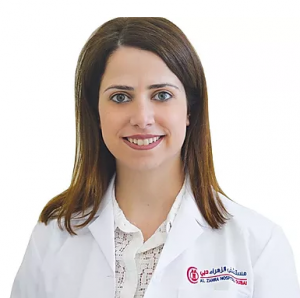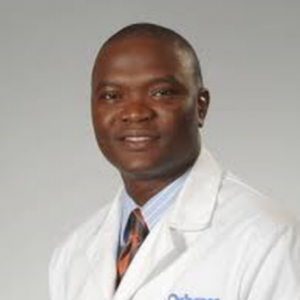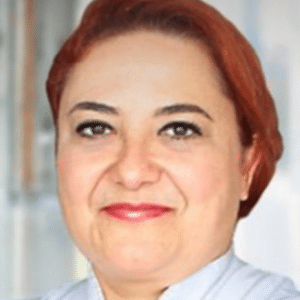Transcranial Magnetic Stimulation (TMS)
WHAT IS TRANSCRANIAL MAGNETIC STIMULATION (TMS)? Transcranial magnetic stimulation [TMS] is a non-invasive procedure that uses magnetic fields to arouse nerve cells in the brain, to trim down the symptoms of depression. TMS is typically used when other methods of the treatment of depression are futile. When TMS is used to treat depression or other […] Read More
Top Doctors For Transcranial Magnetic Stimulation (TMS) Treatments
Top Hospitals For Transcranial Magnetic Stimulation (TMS) Treatments
Transcranial Magnetic Stimulation (TMS)
- Depression, which is in point of fact, a treatable condition.
- Other neuropsychiatric disorders.
- Pains.
- Obsessive compulsive disorder [OCD].
- Stroke.
- Parkinson’s disease.
- Migraine.
- Auditory hallucination.
- Seizures.
- The discomfort of the scalp at the site of stimulation.
- Fainting.
- Transient perplexity or confusion.
- Hearing loss.
- Vision defects.
- Headache.
- Tingling.
- Spasms or twitching of facial muscles.
- Lightheadedness.
- Mania [more than ever in people with bipolar disorder].
- Physical exam [and perhaps extra tests such as lab tests].
- Psychiatric evaluation, which centers on discussing the subject of your depression.
- Significant information to make known to your doctor or mental health provider, during the interaction, includes:
- If you are pregnant or expecting to be.
- Frequent or severe headache.
- Previous treatment with rTMS [in addition to whether it was a success in the management of your depression].
- A history of seizures or epilepsy down your family line.
- Other mental health disorders, e.g:
- Bipolar disorder.
- Misuse of substances.
- Psychosis.
- Brain damage from illness or injury, e.g:
- Brain tumor
- Stroke.
- Traumatic brain injury.
- Metal or implanted medical devices in your body [if any], owing to the strong magnetic field formed during rTMS.
- Implanted stimulators.
- Implanted vagus nerve or deep brain stimulators.
- Implanted electrical devices, e.g:
- Pacemakers.
- Medication pumps, etc.
- Stents.
- Aneurysm clips or coils.
- Electrodes for monitoring brain activity.
- Bullet fragments.
- Cochlear implants [for hearing].
- Any magnetic implants.
- Any other metal device or object implanted in your body.
- Your First Treatment Procedure
- You will be taken to a treatment room, get seated in a reclining chair, and given earplugs to wear.
- An electromagnetic coil will be placed over your head and switched off and on repeatedly, to produce stimulating pulses. A tapping or clicking sound that usually lasts for a few seconds shall be experienced, followed by a pause. Also felt is a tapping sensation on your forehead. This part of the process is known as mapping.
- The magnetic energy needed will be determined by your doctor, by increasing the magnetic dose until your fingers or hands twitch. This is known as your motor threshold, and it is used as a reference point in determining the right dose for you, as the treatment proceeds.
- You will sit on a comfortable chair, wear earplugs, with the magnetic coil placed against your head.
- The machine will be switched on. You will hear clicking sounds and feel tapping on your forehead.
- The procedure will last about 40 minutes, and you will remain awake and alert. Scalp discomfort will be felt during the treatment and afterward, for a short time.
FAQ
Can you do TMS at home?
With at-home TMS, there is no need to travel to a clinic or interrupt your day to make appointments. The transcranial magnetic stimulator can be used whenever and wherever you need relief. Another major selling point of at-home TMS equipment is the price.
How long do TMS results last?
Because of the various factors influencing each person’s depression, there is no definitive answer to how long the TMS result will last.
Most patients who complete the full course of treatment experience improvement in their symptoms, for 6 months and up to a year or even more.
Is TMS available on NHS?
The National Health Service [NHS] only offers TMS treatment for depression and/or anxiety.
What does TMS do to the brain?
Transcranial magnetic stimulation [TMS] is a non-invasive procedure that uses magnetic fields to stimulate nerve cells in the brain, to relieve the symptoms of depression. TMS is typically used when other depression treatments have not been deemed effective or efficient.
Is TMS therapy painful?
TMS therapy is slightly painful. During the procedure and shortly after, you will feel some scalp discomforts. This fades off with time, but if it does not, pain relief tablets can help.

